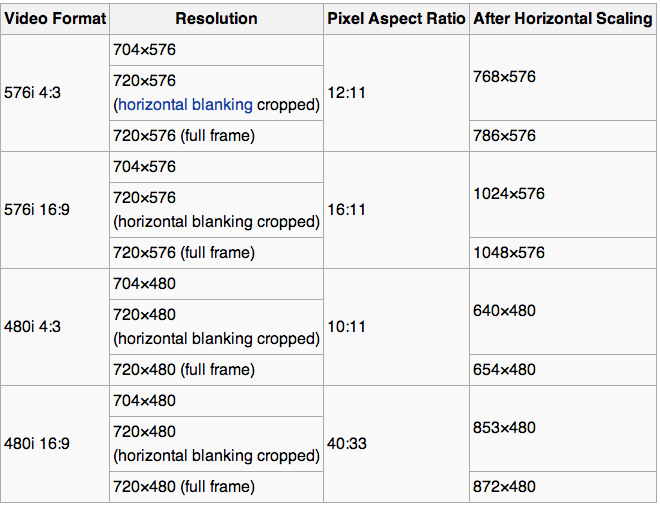Keeping resolution consistent
-
HI!
I am working in several projects where I use the live input from a canon legria h40 with the "Video in Watcher" actor.From this I receive a video stream with a size of 720*576In the stage preferences, my preview stage size is set in 720*576Ussualy, the resolution of the beamers we use live is 800*600\. the result: a streched imageHow should I sort out this unconsistence?:) -
I always set the default resolution in Isadora to be the same as the beamers. When creating content, I scale the content to that (or half that, depending on the computer!) and allow Isadora to do what it will this incoming live video.
Cheers,
Hugh -
Agreed with @CitizenJoe
to add to that, simple crop your live video stream to the same dimensions as your output.. so since the projector is 4:3, you could bring the live feed down to 720540, this way there will be no stretching with any mixing or output. If you are doing alot of computation on the video you might want to go to half the output, so 400300 -
ok thanks!
I will do some try outs! -
I have an alternate solution, PAL video is 720 576 (4:3), I would keep everything like that. The main thing you are looking at is that your video card is not giving the option to output a proper television standard.
As your video is coming in PAL I think your idea of keeping everything at the same PAL resolution is totally correct and excellent practice. Every time you scale, especially if you do it real time you get artifacts and lose quality.If you can use HDMI on your output you should get the option of a TV standard (720x576), if you have an older computer that has an option for svideo or composite out you will also get proper resolution but less information in the signal that VGA.You can also try something like powerstrip for windows or switch res x for mac to give you all the possible options for your video card resolution.Personally I would go with HDMI and extend it over SDI or ethernet. You will be going pixel for pixel everywhere- always best practice for any resolution and as there are no 1024 768 cameras if you want to go use video shot with a camera or live video you have to stick to video standards in SD HD or UHD modes. A pretty basic concept but one that will give you great quality (especially if you can keep you whole chain digital.Fred -
To clear up ideas of 4:3 vs 16:9 having different numbers of pixels here is a table from this wiki page
http://en.wikipedia.org/wiki/Standard-definition_television
-
When I work SD I put 800x600 on beamer and video in watcher projector and "keep aspect" property on the projector "on". This will prevent stretching the 720x575 onto 800x600 creating a little letterbox on the image but this way I'm sure
1) no stretching.2) every incoming pixel is shown by one pixel in the beamer. -
But with this configuration you do not get full screen? You will have a 80 pixel border top and bottom 24 pixel border left and right around the image. I also never use VGA in my connections as it is not a video standard connection. This way I am limited to real video resolutions but i can interface with pro video gear with no scaling.
-
@Fred.
I think in many cases, the native resolution of the projector must be considered. Like @Armando, most of the low cost beamers I work with have a VGA resolution as native (usually 1024x768 for me).
I create my media at 1024768 and then a copy at half (512) unless I am specifically working in HD.
I agree @Fred that understanding video standards is important, however; since nearly all my work in CG/digital I am exclusively working with square pixels, and VGA standards are the most practical.
Unless I am missing something fundamental?